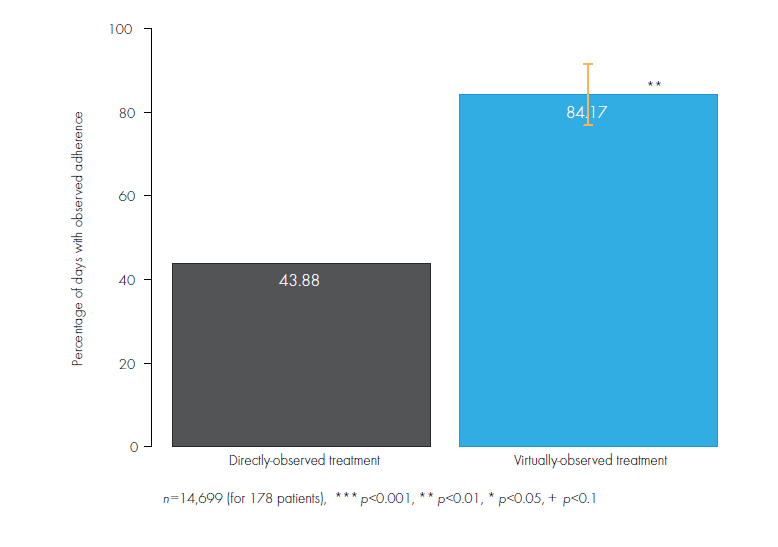There are still 1.6 million tuberculosis (TB) related deaths a year around the world despite the availability of effective treatment. The barrier is largely behavioural – patients are required to take medication over a long period of time, typically six months, even when their symptoms have disappeared.
To overcome this behavioural barrier, World Health Organization guidelines recommend Directly Observed Treatment (DOT) – where TB patients must be observed by a doctor or nurse when they take their daily medication. While this compulsory approach works for some TB patients, the inconvenience of visiting a clinic each day may lead to lower observed treatment adherence among others.
The Republic of Moldova has one of the highest rates of multi-drug resistant TB in the world and follows DOT. In partnership with the United Nations Development Programme, the Moldovan Ministry of Health and Act for Involvement, BIT created a virtual form of DOT (called VOT) where, rather than going to a clinic, patients can record a video of themselves taking their pills and submit it to a medical professional for verification.
With evidence from a small-scale randomised controlled trial, we found that VOT increased observed adherence from 44 per cent for DOT patients to 84 per cent for VOT patients. The Moldovan Ministry of Health now plans to scale access to VOT across the country.
Figure 1: Observed patient adherence to TB medication





